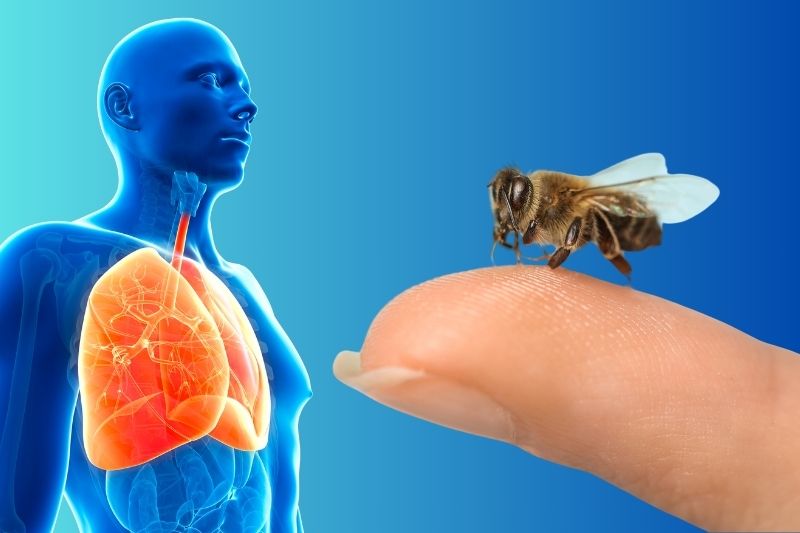As humanity continues to seek new methods for early cancer diagnosis, a new study suggests an unexpected tool – bees. The study, recently published by researchers from the state of Michigan, shows that bees can detect lung cancer in humans using their developed sense of smell.
The Remarkable Olfactory Abilities of Bees
According to the lead researcher from the study in Michigan, “Insects have an amazing sense of smell, comparable to that of dogs.” Honeybees are equipped with tiny receptors on their antennae that allow them to differentiate between various scents. This significant sensory capability enables them to detect the presence of specific chemicals in the air, making them highly suited for olfactory-based detection tasks.
Innovative Testing Methodology
To conduct the study, the team created a synthetic mixture that simulates the chemicals emitted from the breath of a person with lung cancer and from the breath of a healthy individual. They then tested this mixture on bees, attaching tiny electrodes to the insects’ heads using 3D-printed harnesses. By observing changes in the neuron signals in the bees’ brains, the researchers were able to determine that the bees could differentiate between the distinct mixtures.
Distinct Detection Capabilities
The study demonstrated that bees have the ability to detect minute changes in the concentration of chemicals. Not only could they identify cancerous presence, but they could also distinguish between different types of lung cancer cells. This aspect of the research underscores the tremendous potential of using bees as a method for early lung cancer diagnosis.
Future Potential and Ongoing Research
Although this research is still in its early stages, further studies and clinical tests are necessary to validate these findings and develop practical diagnostic methods using honeybees. Researchers are hopeful that the continued development of this method could lead to significant advancements in the field of lung cancer diagnosis.
In the future, the team aims to develop a non-invasive test wherein patients would breathe into a device designed to identify the chemicals associated with cancer, providing real-time diagnostic feedback. The publication of this research in the journal Biosensors and Bioelectronics marks an essential step toward new, advanced diagnostic methods utilizing bees’ extraordinary sense of smell.
Overall, this inspiring research presents a fascinating intersection of biology and medical science, potentially revolutionizing early lung cancer detection methods. For more information, you can read the original study here.
